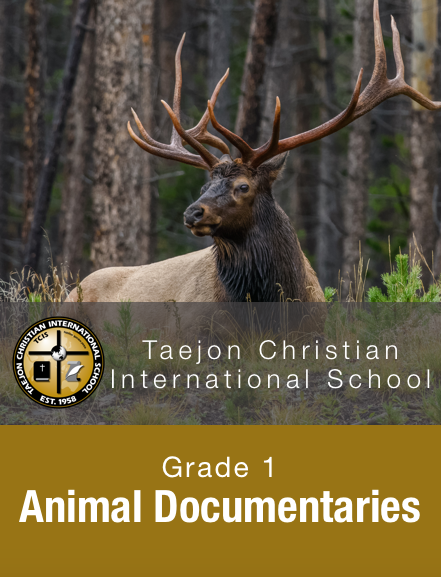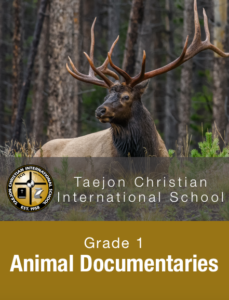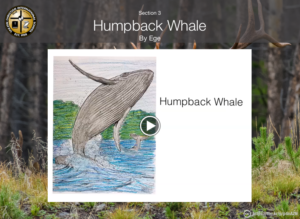What goes into the PYP portfolio? This is very closely aligned to assessments.
Research:
Here is my current thinking:
Portfolios include summative assessments but also have to include documentation about the learning and thinking that is occurs up to this point (formative assessment). As part of my professional learning plan (our school calls them LEAD goals) I am researching and using pedagogical documentation practices to make student thinking visible. This means portfolio items will be both student and teacher created (but always student centred!) Sometimes entries will be individualised and other times will be reflective of whole class experience. Its also important to include student action. Planning must also be flexible so this is by no means set.
UPDATE: After speaking with my coordinator I am going to have this list as a suggested inclusions as the PYP portfolio only needs to have one sample homeroom teacher chose, one sample the student chose, and one sample from each of the specialists. (September 2015)
UOI 1: How We Express Ourselves
- Literary Analysis: Main Elements and Plot Pyramid
- Magical Garden of Claude Monet by Laurence Anholt
- Camille and the Sunflowers by Laurence Anholt
- The Gruffalo by Julia Donaldson
- The Gruffalo’s Child by Julia Donaldson
- Zog by Julia Donaldson
- Storytelling Analysis: Techniques and Plot Pyramid
- Mook Mook the Owl by storyteller Anne E. Stewart (Australian)
- The Crocodile by storyteller Anne E. Stewart (Australian)
- Beer Rabbit by storyteller Diane Ferlatte (African American)
- The Boy Who Wanted a Drum by storyteller Peter Chand (Indian)
- 5 Little Brothers by storyteller Estrella Ratón Pérez (Spanish)
- Writing Journal
- Addition and Subtraction – Path to Abstraction
- Number Sentence Story
- Story Tower
- Oral Storytelling Project
UOI 2: How the World Works
- 2D & 3D Shapes tutorial
- 2D Shapes in Art
- 3D Shapes collaborative artwork
- Simple Machines Photo Essay
- Measuring Length
- Science Journal
- SImple Machines Marble Run
- Unit Reflection
UOI 3: Where We are in Place and Time
- Day 3 in Grade 1
- Suitcase Mystery
- Show and Share – artefact
- Seasons: Book of Hours Calendar
- Time: Telling the Time
- Biography Reading Response
- Family Crest
- Family Timeline
- Unit Reflection
UOI 4: Who We Are (in review)
- Classroom Map
- Day in the Life Story book
- Skip Counting
UOI 5: Sharing the Planet (in review)
- Addition and Subtraction tutorials
- Animal Documentary
- planning document
- documentary
- reflection document or audio of conversation
UOI 6: How We Organise Ourselves (in review)








